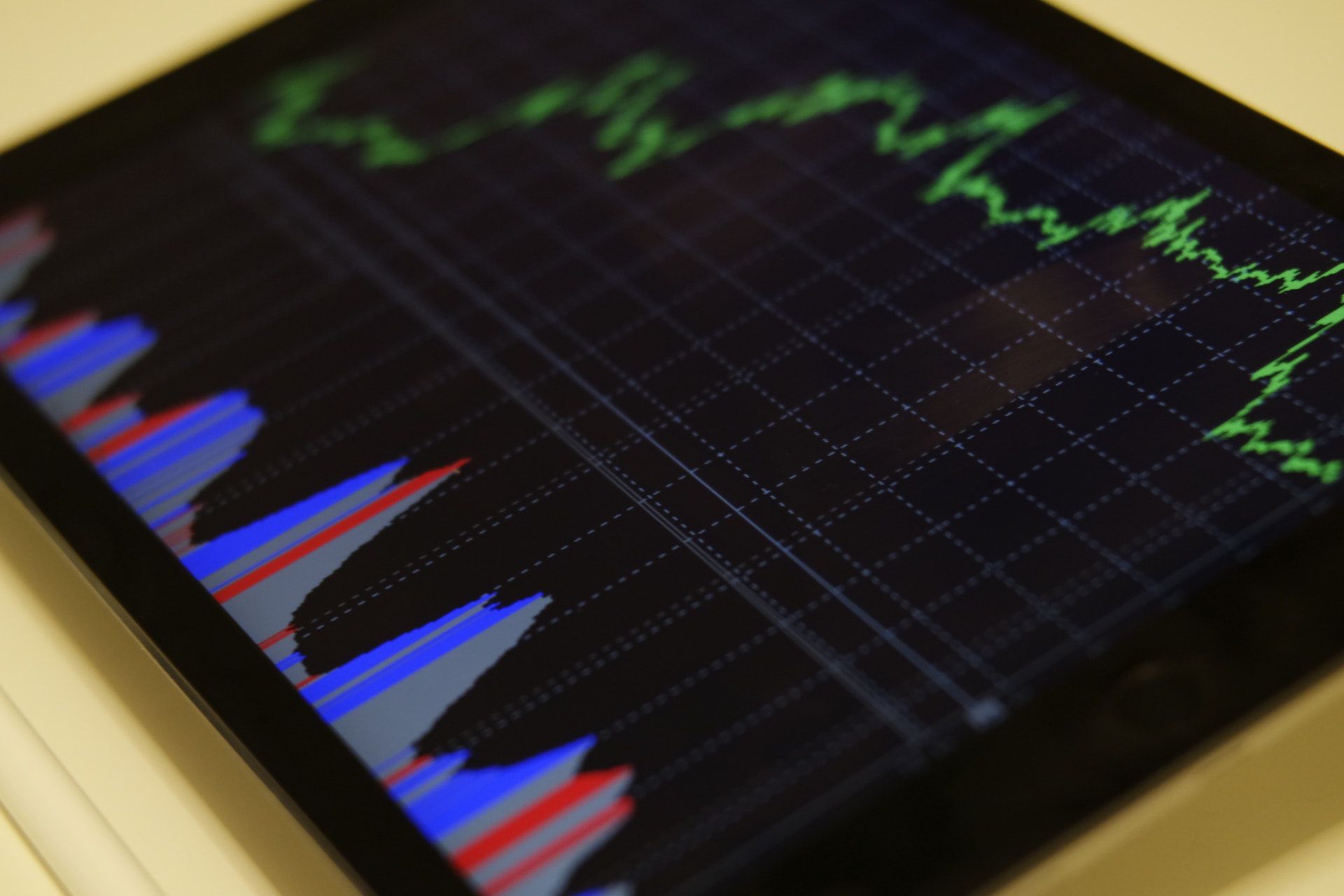Once you get past the myriad of suits that would make Barney Stinson's little heart pitter-patter, the good 'ole boys club and the frantic glamour of Wall Street, it boils down to buying and selling. Essentially, there are two paths a career can take on Wall Street.
But it is more than simply buying and selling commodities. Both codependent components of Wall Street play different roles in the market. Are you working on making the deals (buy side) or working the public market (sell-side)? There is what is called a "Chinese wall" dividing the exchange of information between the sides. Even if a firm has both components, like large JP Morgan, there could be a negative impact if the sides exchange information. So the sides do not routinely share information. The buy side is primarily focused on buying large amounts of securities for money-management. Mutual funds, pension funds, insurance firms, hedge funds, private equity, asset managers, and venture capitalists make up the buy side.
Those on the buy side have large pools of capital and tap into their own resources to make investments. Money is made when researched investments pay off. For example, a private firm or a retail conglomerate finds a trending or unique company. The investors invest in or purchase a small indie company. The indie company does exceptionally well, and the investors profit substantially. Spotify, Facebook, or L'Oreal purchasing Essie are good real world examples.
As an analyst on the buy side, your findings are kept as secrets within the company, since research determines acquisitions and investments. Secrecy is essential to identifying underpriced assets or opportunities in the marketplace. You do not want another firm to beat you to the punch. A buy side analyst tends to make more money with a relatively less workload than those on the sell side. However, deeper analyzing and risk taking is required, therefore, more mental work. A switch from sell side to buy side is more common than buy to sell.
Buy side will use sell side generated reports as the foundation of their research and use prices set by the other side to make investments decisions. Sell side is often viewed as providing services for the buy side.
The sell side of finance is made of investment banking, commercial banking, stockbrokers, market makers, and corporations. Sell side includes the Bond Market, Foreign Exchange, and Stock Market. An analyst on the sell side is focusing on stock prices, company, and industry performance and financial analyst and trends. Their findings are often public and used in journalistic reports. Since market prices can change instantly, an analyst has little downtime and needs full focus.
Let say that same indie company becomes profitable enough for an Initial Public Offering. A stockbroker or an individual investor can now purchase equity in the company. A sell side analyst will track the company and industry's performance to make recommendations and financial forecasts. He will make his money off commissions. The more equity he convinces other people to buy, the more he makes.
- Buy Side vs Sell Side - Important Similarities & Differences to Know ›
- Understanding Buy-Side Analyst vs. Sell-Side Analyst ›
- Sell Side vs Buy Side | 7 Essential Differences You Must Know! ›
- Buy-Side vs. Sell-Side Analysts: What's the Difference? ›
- Buy Side Vs. Sell Side Analysts ›
- Buy Side vs. Sell Side – WSW ›
- What Investors Need to Know About Buy-Side vs. Sell-Side Research ›
